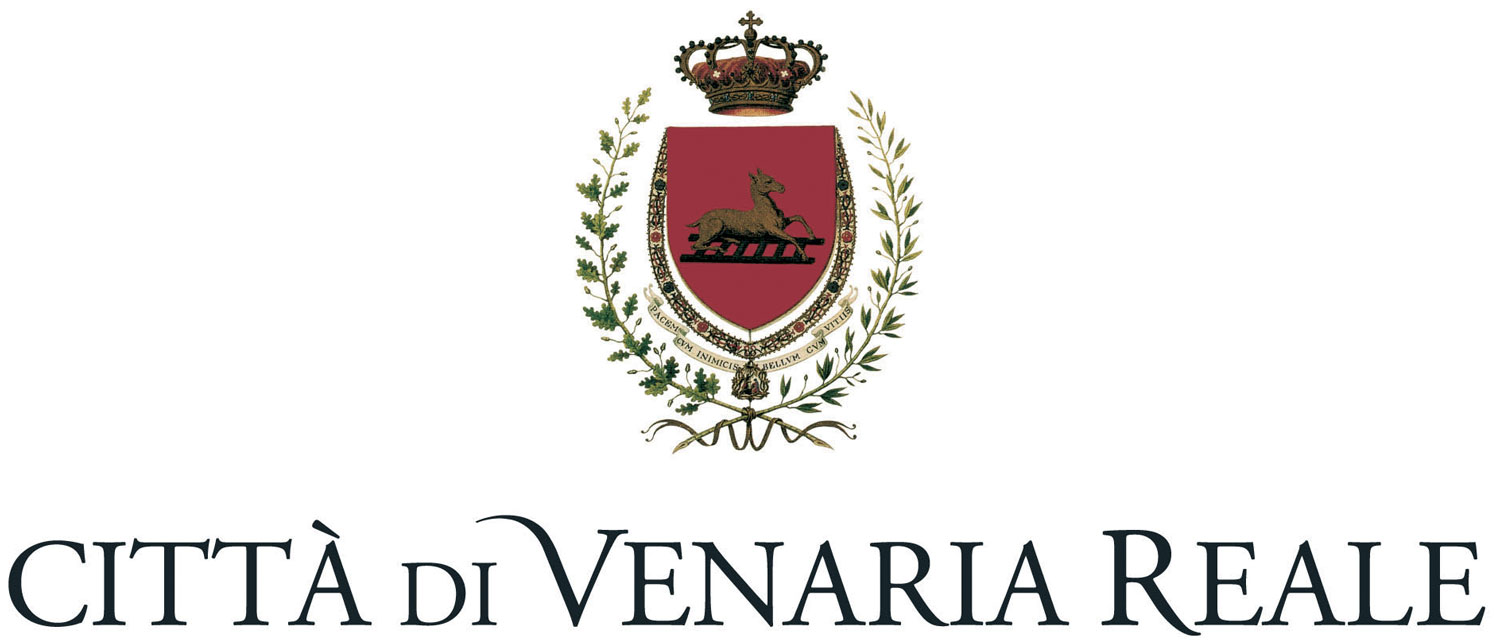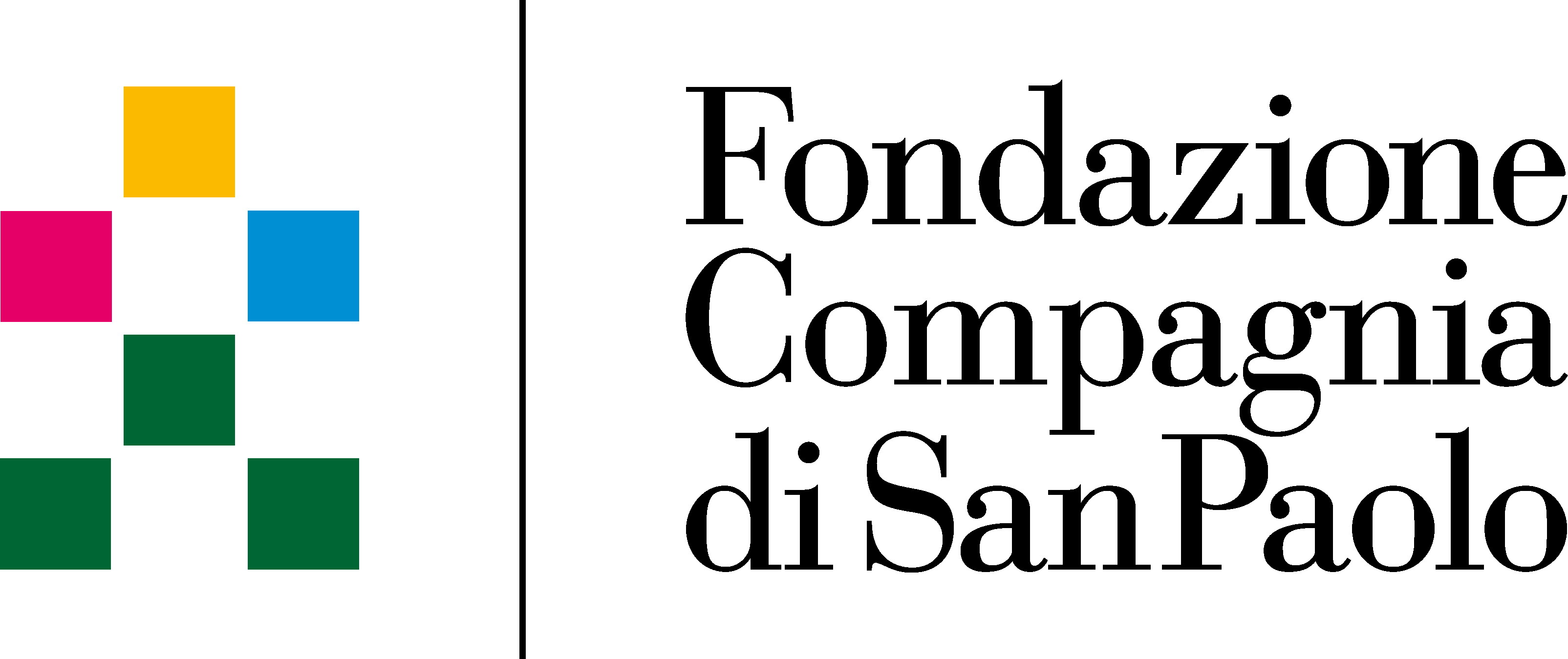The complex of the Fountain of the Hercules Colossus, built between 1669 and 1672 for the Gardens, was the place for celebrations: an extraordinary “Baroque scenic machine”, the product of interaction between nature and architectures, unmissable attraction in the Gardens of the Reggia.
It was originally constituted by staircases and pavilions, nymphaeums and lavishly decorated grottos, water features and grand decorations, dominated by the statue of the Hercules Colossus, the protagonist of the context, placed at the centre of the large pool.
Icon of the late-mannerist garden, the imposing site had been conceived by Amedeo di Castellamonte to be one of the great wonders of the new Reggia. Designed and made for leisure, and based on a refined combination of allegorical references and mythological allusions, it added prestige to the Savoy dynasty, embodying their will to compete with Europe's greatest royal courts.
A change in taste and major war events led to its dismantlement as early as in the first years of the 1700s. The wealth of decorations and statues was split up and reallocated to other royal and aristocratic residences, the site demolished and buried.
The ambitious restoration and enhancement intervention on the 1600s masterpiece, completed in June 2022, stands as the finishing touch in the Recovery project of Venaria Reale, which took off in 1998. The restoration project was carried out thanks to the companies and authorities members of the Consulta di Torino.

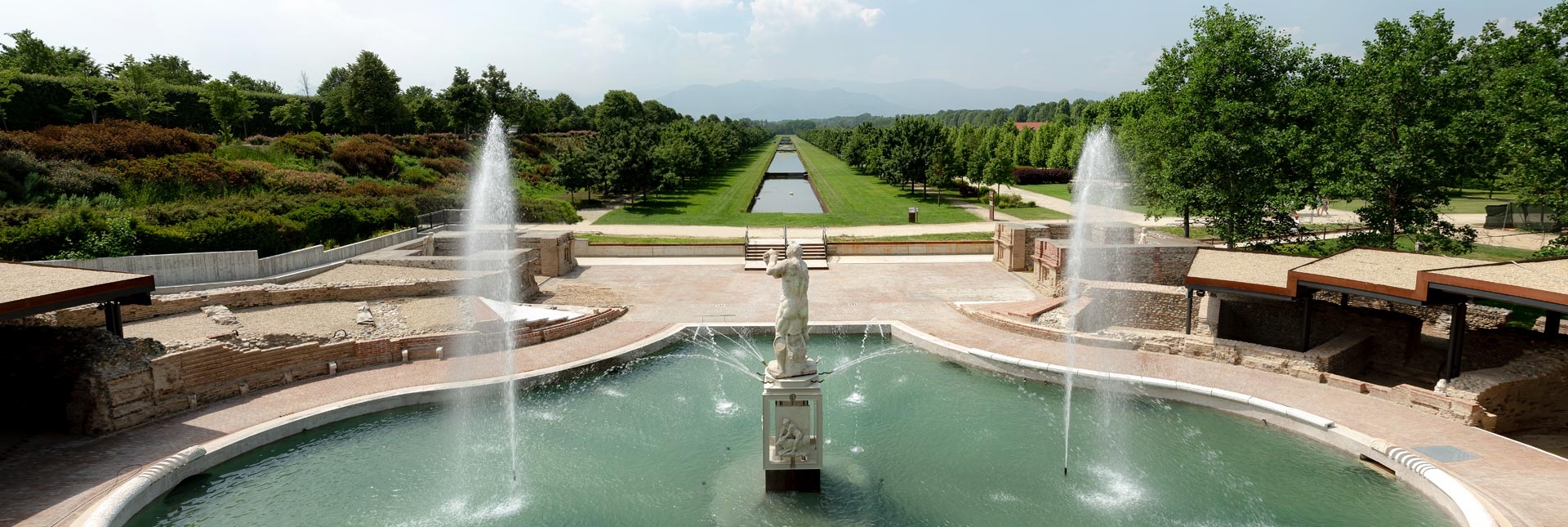
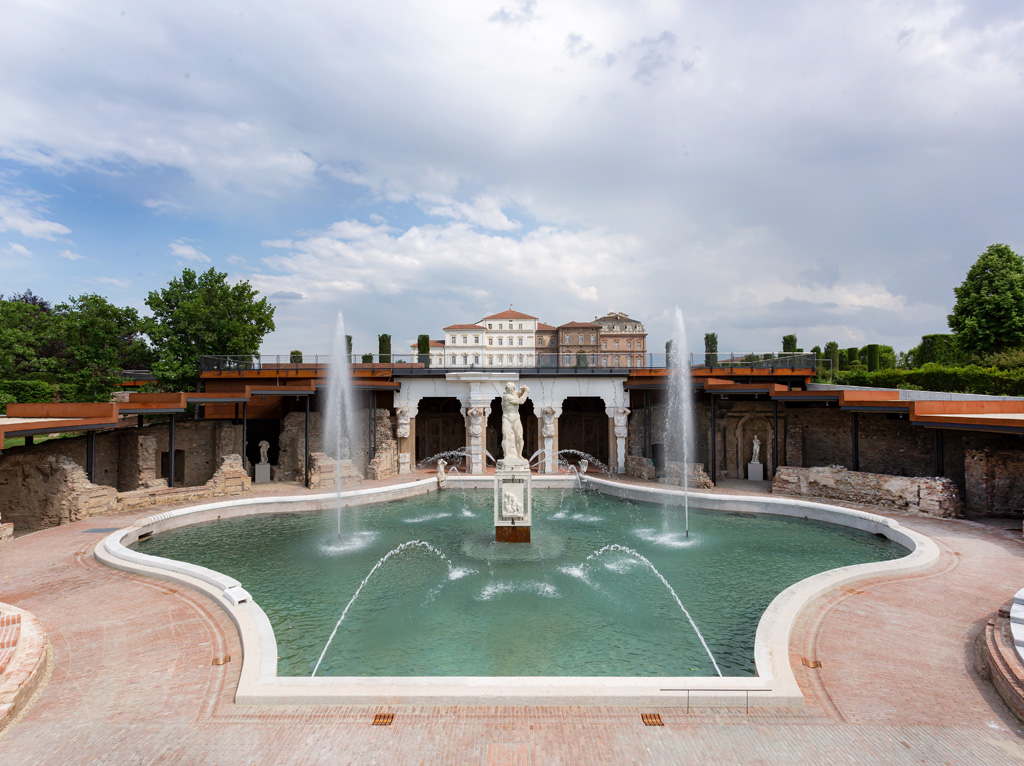
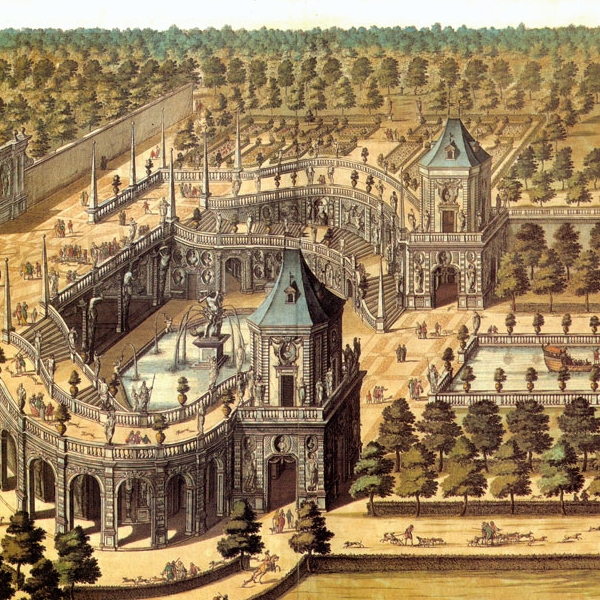
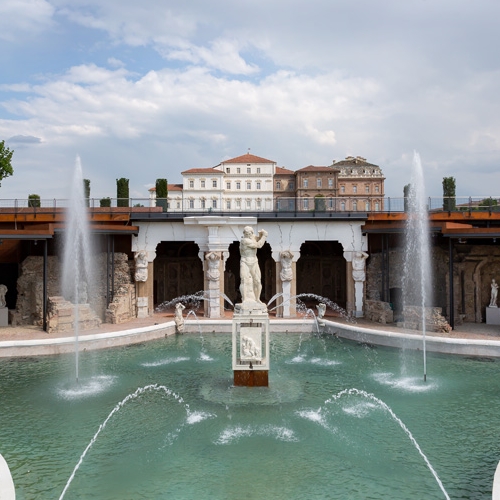
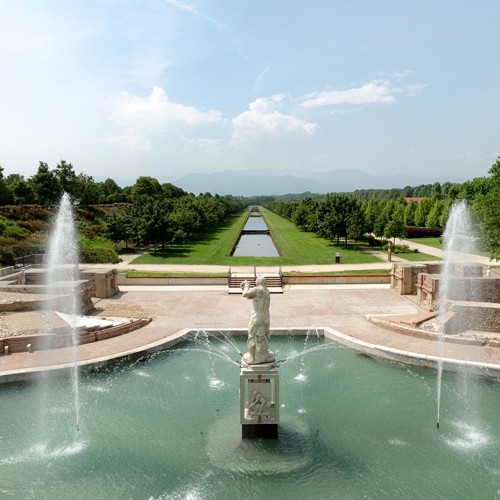



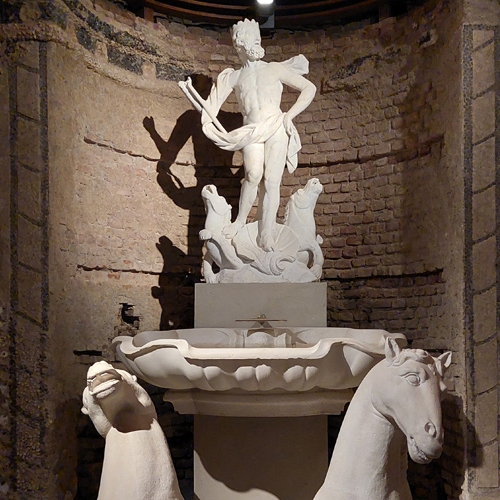

 Tickets
Tickets






